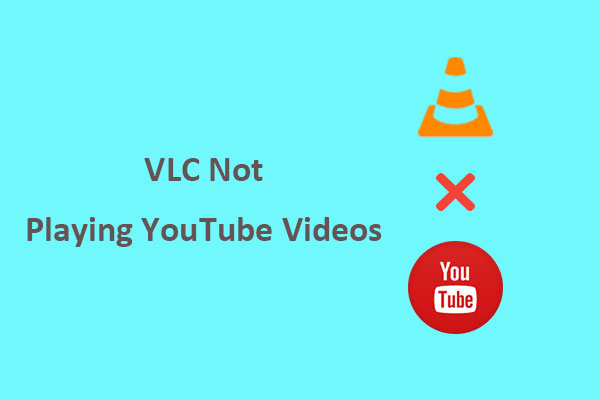As a content creator, you may find it challenging to reach a wider audience by juggling multiple platforms. You may have wondered if you can convert YouTube video to blog post, a process known as repurposing content. This can help you get more mileage out of your content and reach a larger audience. To create a high-quality blog post from your YouTube video, follow these steps:
MiniTool Video ConverterClick to Download100%Clean & Safe
Step 1. Choose a YouTube Video
To convert YouTube video to blog post, you should first choose a video that has a clear topic and structure. Pick a video that can be easily adapted into a written format without losing its essence or effectiveness. Ideally, your video should have a catchy title, a compelling introduction, a logical flow of information, and a strong call to action. Also, the video topic should be relevant, interesting, and useful for your target audience.
Step 2. Transcribe the Video to Text
After selecting the video, transcribe the video to text. You can either listen to it and type out what is being said, or use a YouTube video to blog converter like Kapwing or Rev. While the former method can be time-consuming, it allows for the highest level of accuracy. On the other hand, using a converter will save you time and effort and ensure that every word and detail from your video is captured in the transcription.
Step 3. Edit the Transcript as a Blog Post
Simply copying and pasting your transcript into your blog will make it boring and hard to read. You can rewrite and format your transcript to make it more engaging, informative, and SEO-friendly. Here are a few tips to help you out:
- Come up with a catchy headline. Your headline is the first thing that your readers will see, and it will determine whether they click on your blog post or not.
- Include an introduction. Your introduction should hook your readers’ attention, introduce your topic, and explain why it matters to them.
- Break up your content into smaller sections. Use subheadlines, bullet points, lists, and paragraphs to structure your content and make it easy to scan and read.
- Add images, videos, and other media. You can enhance your blog post by adding relevant images, videos, and other media that support your content and illustrate your points.
- Add a conclusion. The conclusion usually wraps up the main points. Besides, don’t forget to include a call to action to tell your readers what to do next, such as leaving a comment, sharing the blog post, and more.
Step 4. Proofread and Optimize Your Blog Post
Before you publish your blog post, it’s important to proofread and optimize it to ensure that it’s clear, error-free, and SEO-friendly. Once everything is ready, you can publish your blog post and promote it on your social media channels, email newsletter, and other platforms.
Final Words
In a nutshell, these are the steps you need to follow to effectively convert your YouTube video into a blog post. This process can help you generate new content from existing YouTube videos and drive more traffic, leads, and customers to your website.



